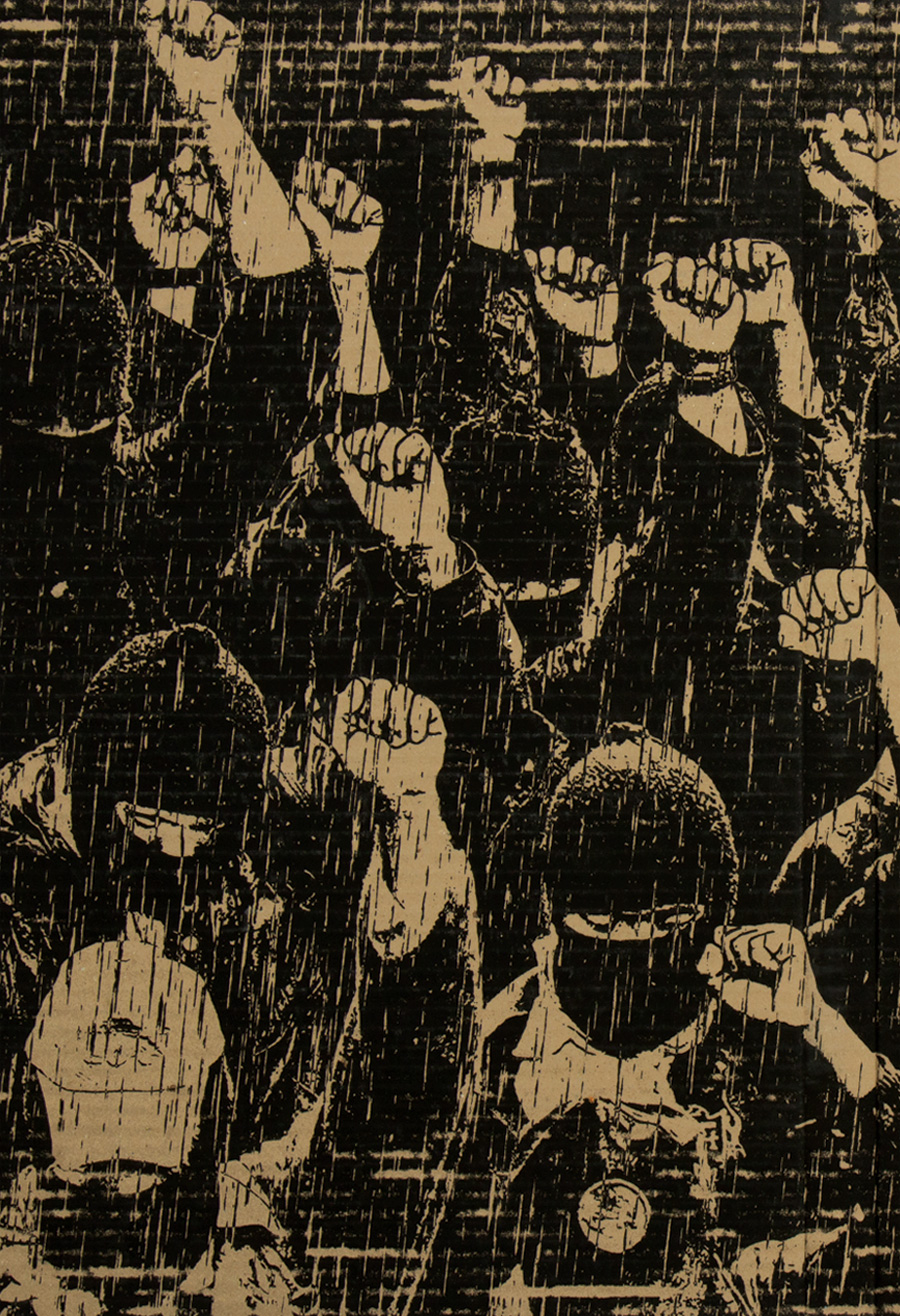Social Movements and Civil Sphere: The Zapatistas
On January 1st, 1994, the Mexican government was ready to move into the "first-world" with the official start of NAFTA, an agreement that removed or reduced tariffs on goods moving in and out of the US, Mexico, and Canada. However, on the same day, the Zapatista Army of National Liberation entered a 10-day armed conflict with the government and state of Mexico, until the government called for a ceasefire. The conflict exposed the marginalization, poverty, discrimination, and political exclusion the indigenous populations in Mexico faced, and revealed the ways in which the state had contributed to these grievances (van der Harr 2004).
After the demands for indigenous autonomy and representation were not met by the government, the push against neoliberalism and the dire need for autonomy from the nation-state led to the Zapatistas forming "autonomous municipalities" in Chiapas, Mexico in 2003. The Zapatistas worked to create completely self-regulated forms of government which gave power to formerly under-represented groups, specifically the indigenous community in Chiapas, which makes up 1/3 of the state's population (van der Harr 2004). The Zapatistas used digital networking to spread the goals of the movement globally. The creation of artwork, specifically photographs, prints, and video based media became a large part of the movement, and this ephemera has been archived and used in exhibitions around the world, celebrating the power of autonomous leadership, social movements, and indigenous rights.
Looking back at the resistance, now 30 years later, gives insight on how the civil sphere functions beyond existing power structures and the power of the collective. The civil sphere is defined as being "distinct from the domains of politics, economics, family, and religious life" (Alexander 2006), however, these domains can alter the function of the civil sphere. The Zapatista movement shows the ability of socialization, networking, and creation of civil sphere outside of the pre-existing binaries and norms to succeed and resist through peaceful protest, mobilized conflict, and outreach efforts. Alexander discusses the idea of destructive intrusion, which is considered “activities and products from other spheres can be experienced as seriously distorting civil society” (Alexander 2006), which in this case would be the government and nation-state of Mexico interfering with the existence of indigenous populations. Social movements are a prime example of how the civil sphere can function and bring individuals together.
Haar, Gemma van der. 2004. “The Zapatista Uprising and the Struggle for Indigenous Autonomy.” Revista Europea de Estudios Latinoamericanos y Del Caribe / European Review of Latin American and Caribbean Studies, no. 76 (April): 99–108. https://www.jstor.org/stable/25676074.
Alexander, Jeffery C. 2006. “Contradictions: Uncivilizing Pressures and Civil Repair.” Pp. 193-209. The Civil Sphere. Oxford, UK: Oxford University Press.
Image: https://interferencearchive.org/exhibition/la-autonomia-es-la-vida-la-sumision-es-la-muerte-a-celebration-of-20-years-of-the-zapatistas-and-the-autonomous-communities-of-mexico/


Comments
Post a Comment